During the mid-20th century, chrome bumper guards became a hallmark of automotive design, symbolizing both style and functionality. As car manufacturers sought to balance aesthetics with safety features, these shiny additions played a critical role. The reasons behind the popularity of chrome bumper guards and their impact on the automotive industry are worth exploring.
The Rise of Chrome in Automotive Design
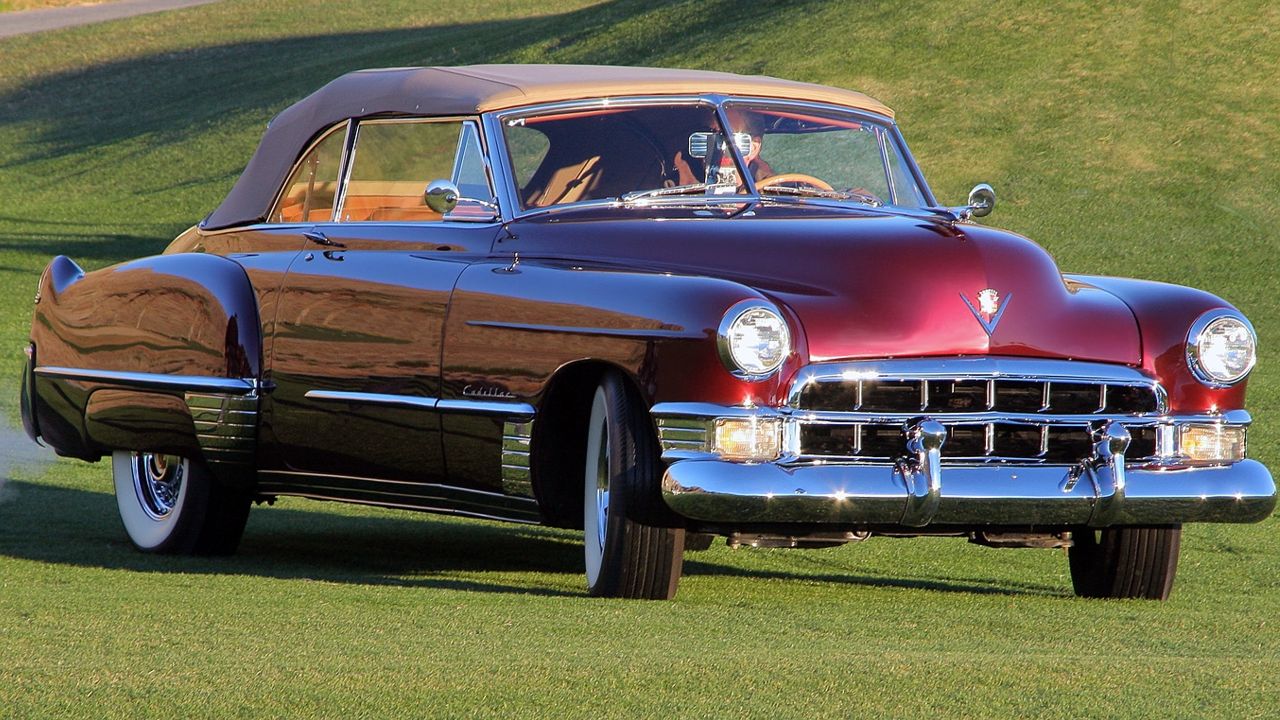
In the years following World War II, the automotive industry experienced a transformative period where aesthetics began to play a more significant role. Chrome elements, particularly bumper guards, became synonymous with luxury and sophistication. The reflective surfaces of chrome not only added a touch of elegance but also signaled a new era of prosperity. This change was in part driven by the desire of consumers who, after years of austerity, were eager for vehicles that exuded opulence and modernity.
Consumer preferences in the post-war era leaned heavily towards visually appealing vehicles. The demand for cars that stood out on the road led automakers to incorporate chrome into their designs extensively. Chrome bumper guards, in particular, became a focal point for car buyers who equated the shiny finish with quality and status. This trend was not just about aesthetics but also about making a statement, with automakers leveraging chrome to meet these expectations and differentiate their models.
The competitive landscape of the automotive industry further fueled the proliferation of chrome bumper guards. With numerous manufacturers vying for the attention of a burgeoning middle class, chrome elements became a way to distinguish brands in a crowded market. Automakers like Cadillac and Buick, for example, incorporated chrome in ways that highlighted their commitment to luxury, setting them apart from more utilitarian brands. These strategic design choices helped establish a brand identity that resonated with consumers seeking prestige.
Functional Benefits of Chrome Bumper Guards
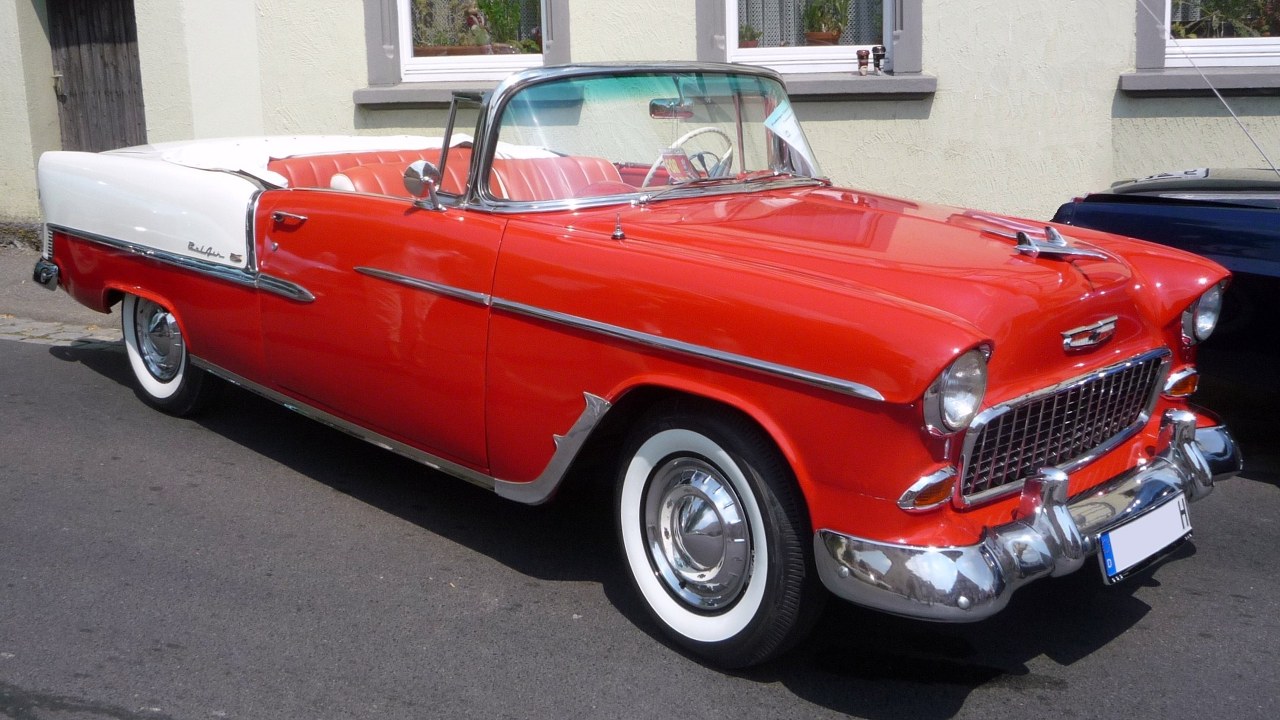
Beyond their aesthetic appeal, chrome bumper guards offered tangible functional benefits. One of the primary advantages was enhanced protection. These guards served as the first line of defense against minor collisions, absorbing impact and minimizing damage to the vehicle’s body. This was particularly important in an era when safety features were not as advanced as they are today. By incorporating chrome bumper guards, automakers provided an added layer of security that appealed to safety-conscious consumers.
The material properties of chrome also contributed to its widespread use. Chrome plating is known for its durability and resistance to corrosion, ensuring that the bumper guards maintained their appearance over time. This was a significant selling point, as buyers sought vehicles that would not only look good but also withstand the test of time. The [benefits of chrome](https://www.carid.com/articles/chrome-bumpers-good-old-days-when-bumpers-were-metal.html?srsltid=AfmBOor-tgKHjka2ai8UmFF5hUFl9sypLhMS5k0mfNX0ua82Bl2gsUcD) in maintaining a vehicle’s aesthetic appeal played a crucial role in their popularity.
In addition to protection and durability, chrome bumper guards helped manufacturers comply with evolving safety standards. As regulations began to emerge that required certain safety features, bumper guards became a practical solution. They allowed automakers to meet these requirements while maintaining the design integrity of their vehicles. This balance of form and function was key to the enduring popularity of chrome bumper guards during this period.
Cultural and Historical Significance
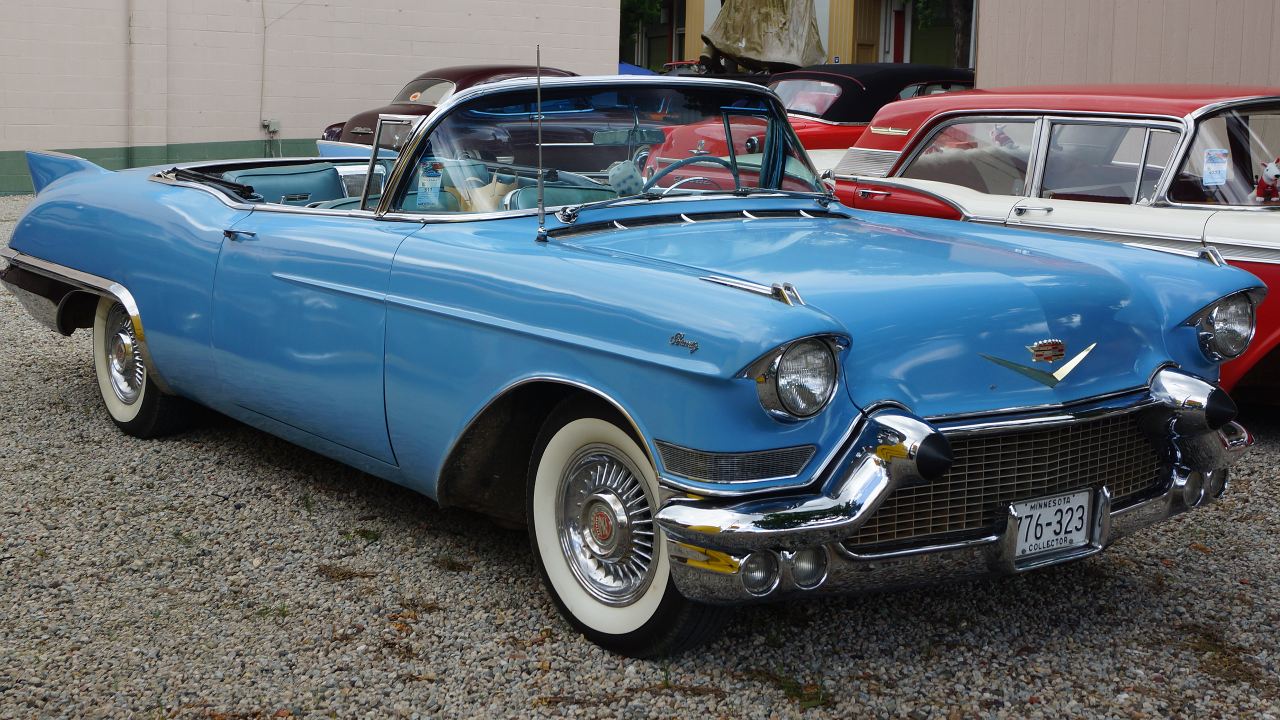
The cultural impact of chrome bumper guards is perhaps best exemplified by the iconic “Dagmar bumpers,” named after the 1950s television personality Dagmar. These protruding chrome designs became a symbol of the era, embodying the bold and extravagant style of the time. The [origins and cultural significance](https://en.wikipedia.org/wiki/Dagmar_bumper) of these designs reflect the broader trends in automotive design that celebrated innovation and flair.
Television and film played a pivotal role in boosting the popularity of chrome-laden cars. The prominence of chrome in visual media helped solidify its status as a desirable feature. Classic films and TV shows often featured cars with gleaming chrome bumpers, further embedding them in the cultural consciousness. This media influence ensured that chrome bumper guards remained a sought-after feature for car enthusiasts and the general public alike.
Even today, the legacy of these designs endures. Vintage cars with chrome features continue to captivate collectors and enthusiasts, representing a nostalgic connection to a bygone era. The appeal of these vehicles is evident in the thriving classic car market, where models like the Datsun Z cars from the 1970s are celebrated for their [timeless design and chrome accents](https://www.autoevolution.com/news/impressive-collection-of-legendary-datsun-z-cars-from-the-70s-is-up-for-grabs-205641.html). This enduring fascination highlights the cultural and historical significance of chrome bumper guards.
The Decline of Chrome Bumper Guards
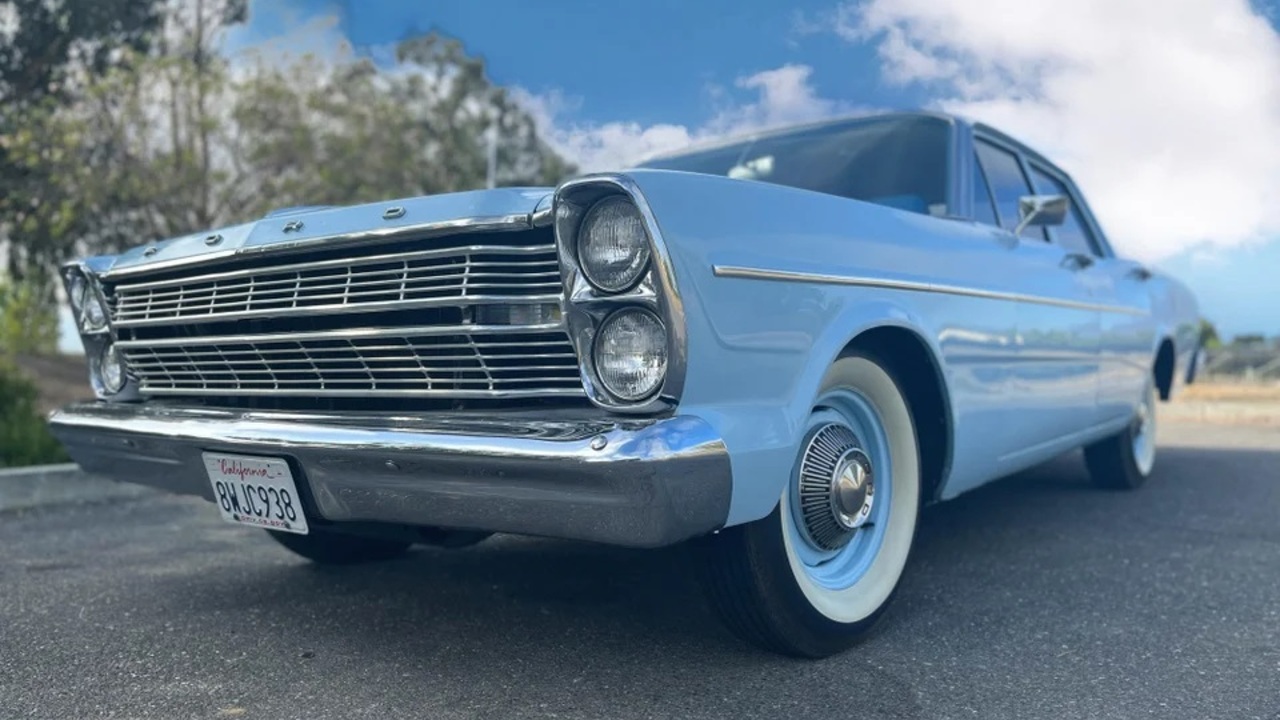
As the automotive industry evolved, so too did design philosophies. The shift towards more streamlined and integrated safety features led to the decline of chrome bumper guards. The focus moved from external embellishments to incorporating safety elements within the vehicle’s structure. This transition marked a departure from the ornate designs of the past, as manufacturers prioritized functionality and efficiency.
Economic and environmental considerations also played a role in the decline of chrome use. The cost of producing and maintaining chrome elements became increasingly burdensome for automakers. Additionally, growing awareness of environmental issues prompted a reevaluation of materials used in vehicle production. The sustainability challenges associated with chrome production contributed to its reduced presence in modern automotive design.
Regulatory changes further accelerated the decline of chrome bumper guards. [New safety regulations](https://www.carscoops.com/2022/09/50-years-ago-the-nhtsa-tried-to-make-americas-cars-ugly-but-cars-fought-back/) emphasized crashworthiness and pedestrian safety, necessitating design alterations that often excluded external bumper guards. These evolving standards required manufacturers to innovate and adapt, leading to the development of more integrated safety solutions. As a result, chrome bumper guards gradually faded from the automotive landscape.
Modern Interpretations and Innovations
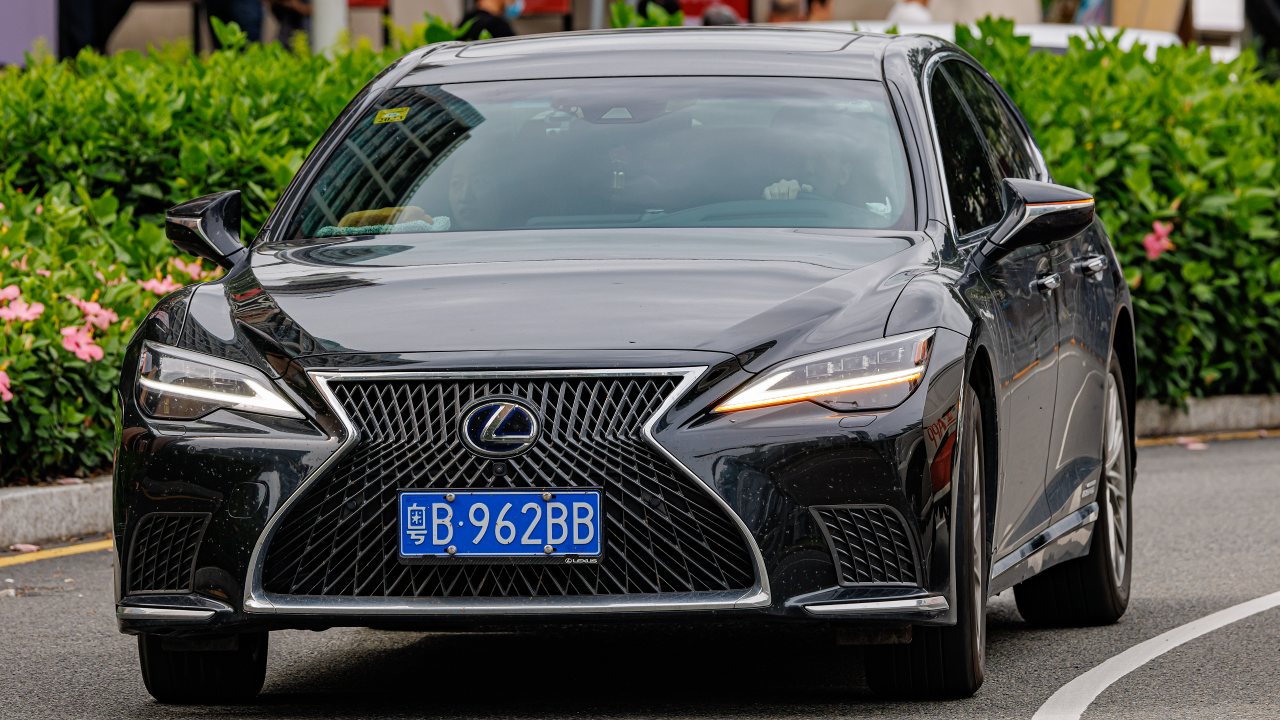
Despite their decline, chrome bumper guards continue to hold a place in modern car culture, particularly within the classic car restoration community. Enthusiasts dedicated to preserving vintage vehicles often prioritize restoring chrome elements to their former glory. This revival is evident in the thriving market for classic car restorations, where chrome bumper guards play a key role in capturing the authentic look and feel of historical models.
In contemporary design, automakers are finding innovative ways to incorporate chrome elements. While not as prominent as in the past, chrome accents are used strategically to enhance a vehicle’s visual appeal. Brands like Mercedes-Benz and Lexus have integrated chrome in subtle yet impactful ways, demonstrating that this material still has a place in modern automotive aesthetics.
Looking ahead, the future of automotive design may see a resurgence of chrome in new and exciting forms. As manufacturers explore ways to blend classic elements with cutting-edge technology, chrome could re-emerge as a feature that bridges the gap between nostalgia and innovation. [Speculating on future trends](https://www.theautopian.com/why-cheaper-new-cars-arent-making-car-ownership-more-affordable/comment-page-1/), it’s possible that we will see a renewed interest in chrome as part of a broader movement towards personalized and visually distinct vehicles.
Like Fast Lane Only’s content? Be sure to follow us.
Here’s more from us:
*Created with AI assistance and editor review.

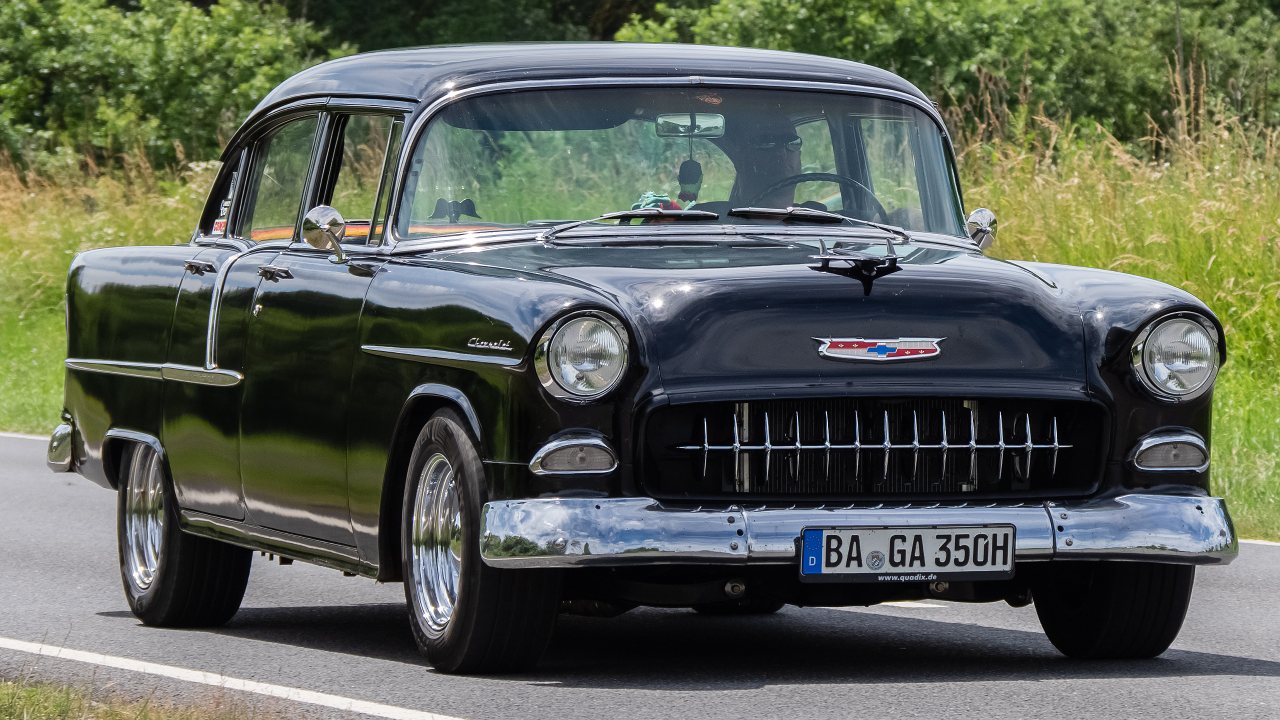

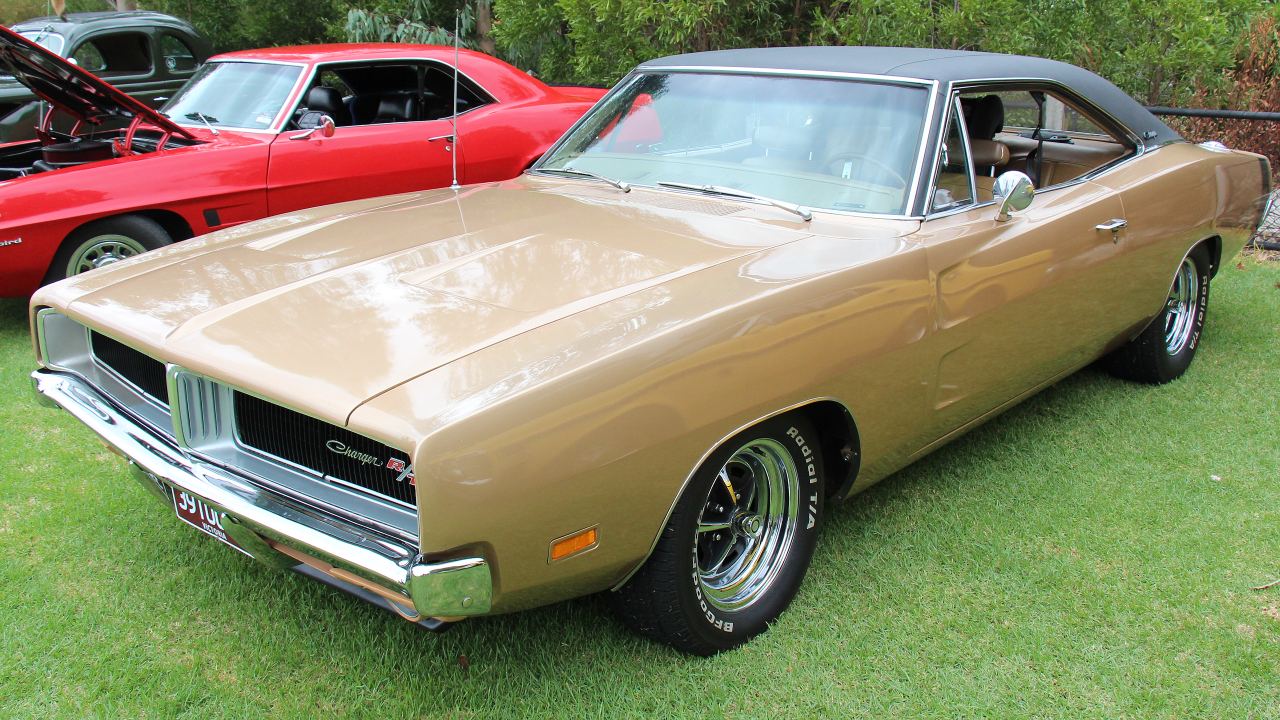
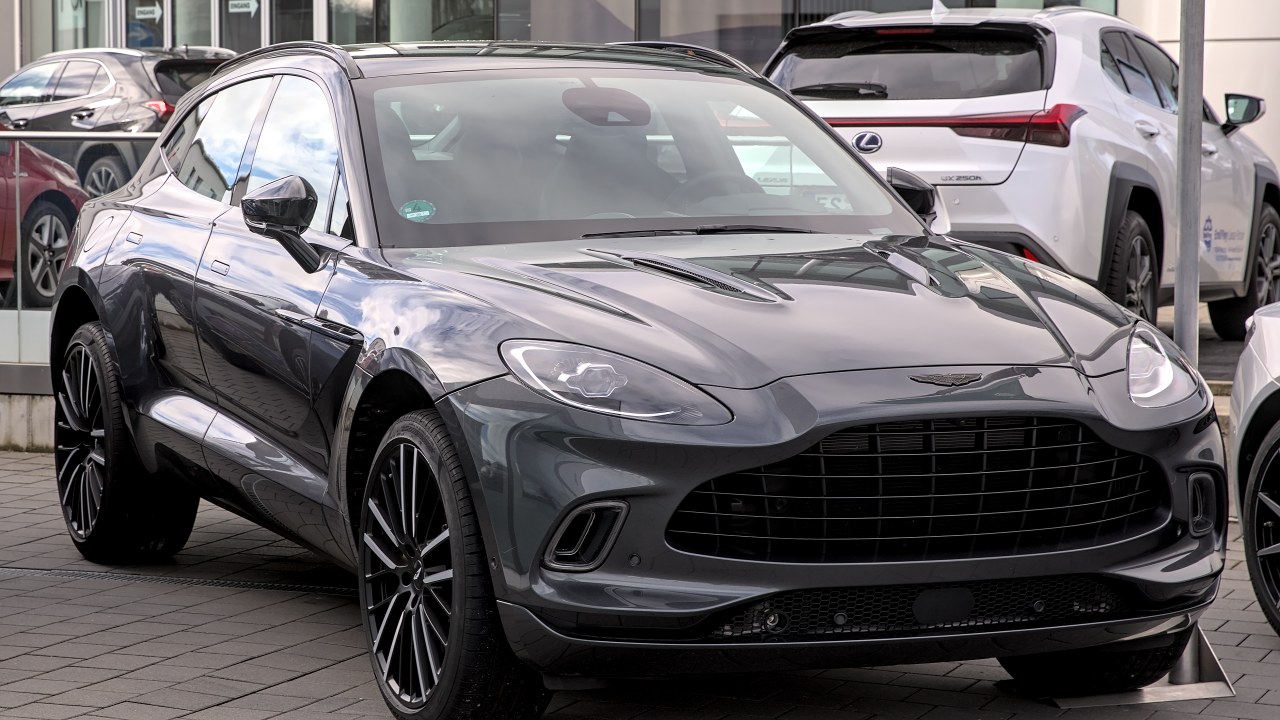
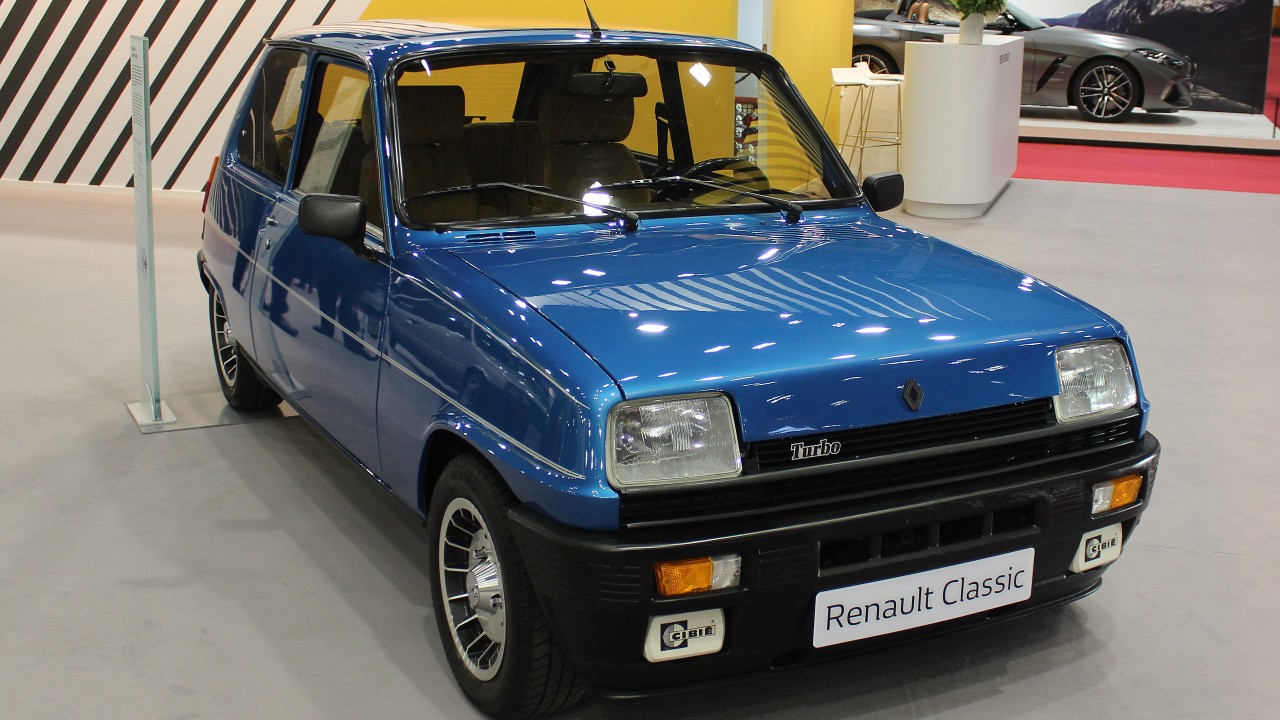
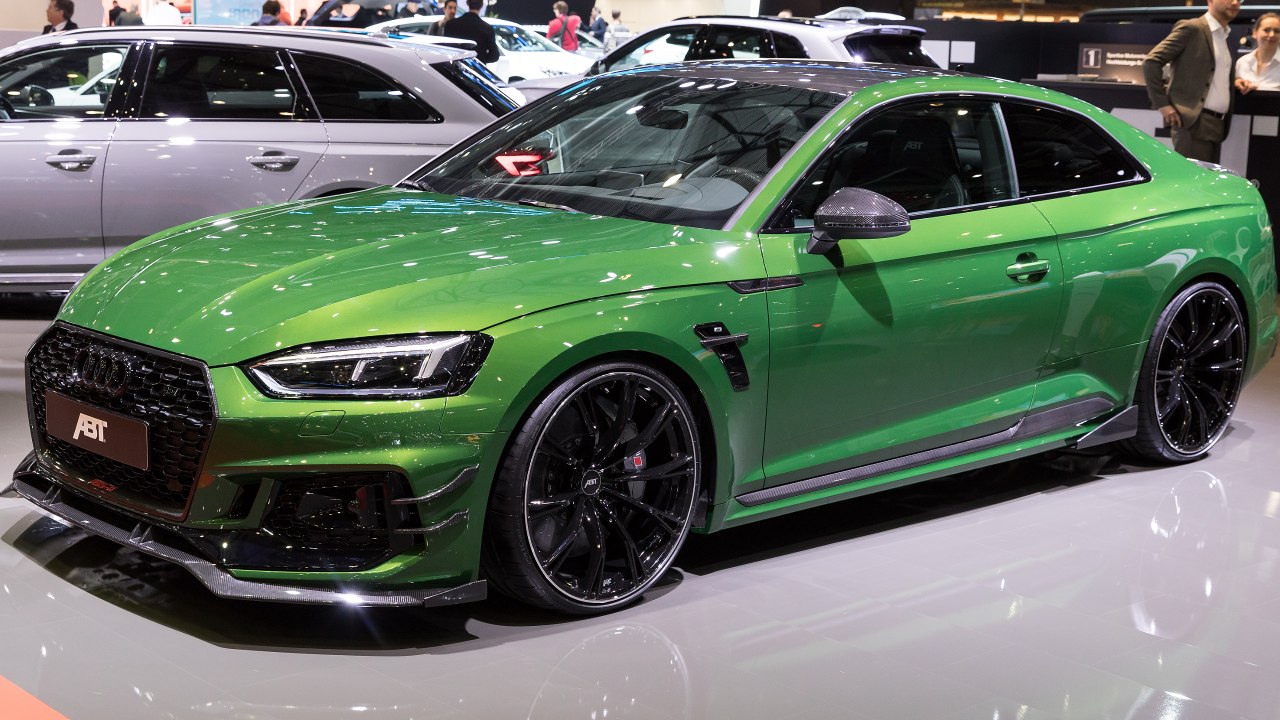
Leave a Reply